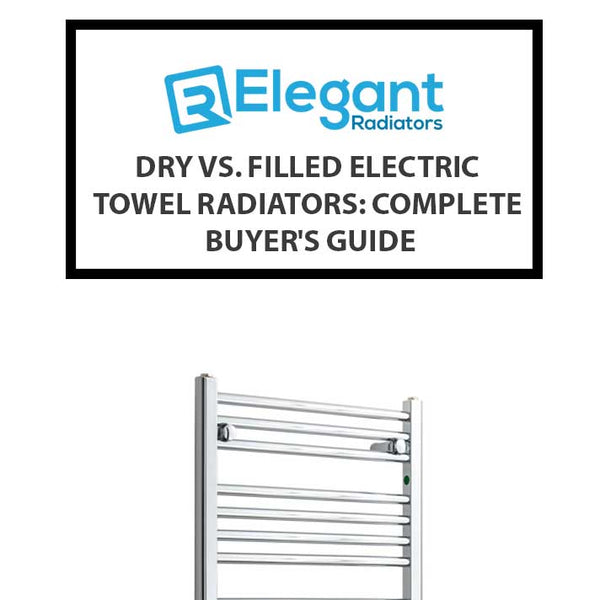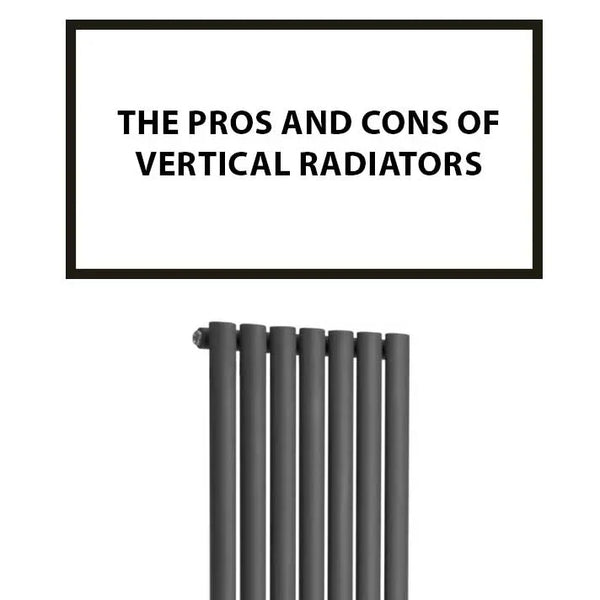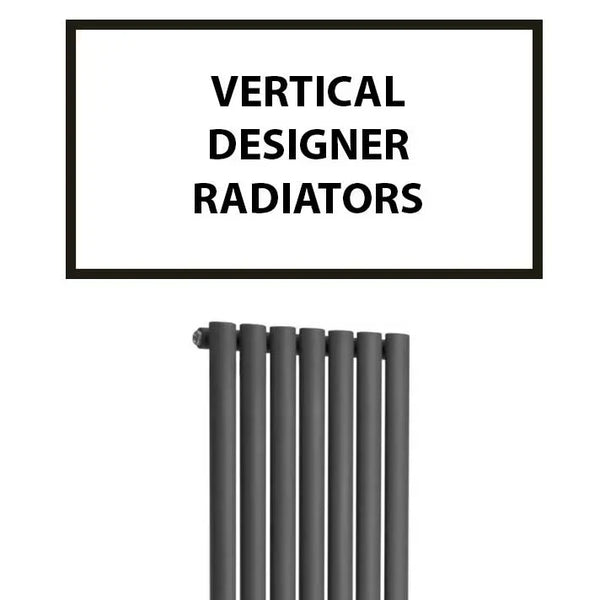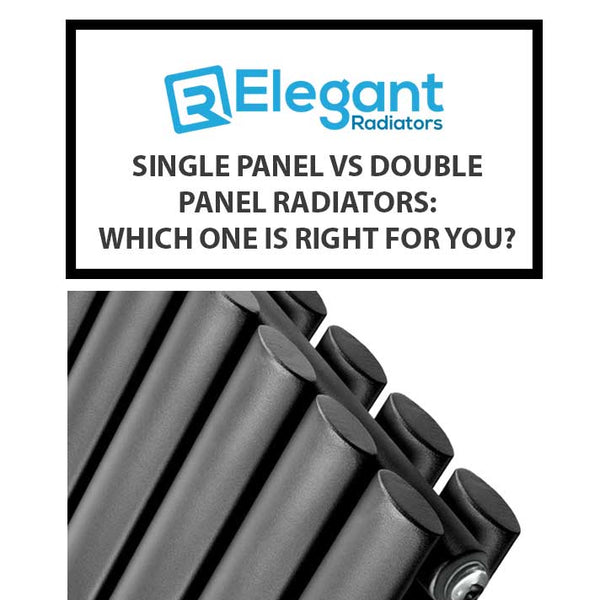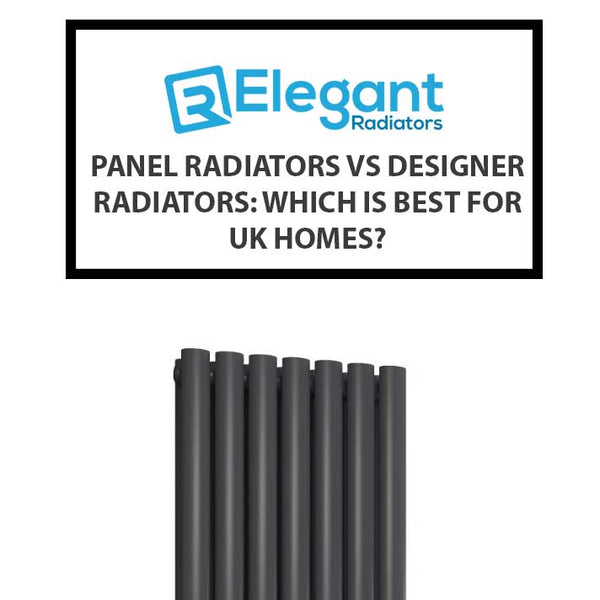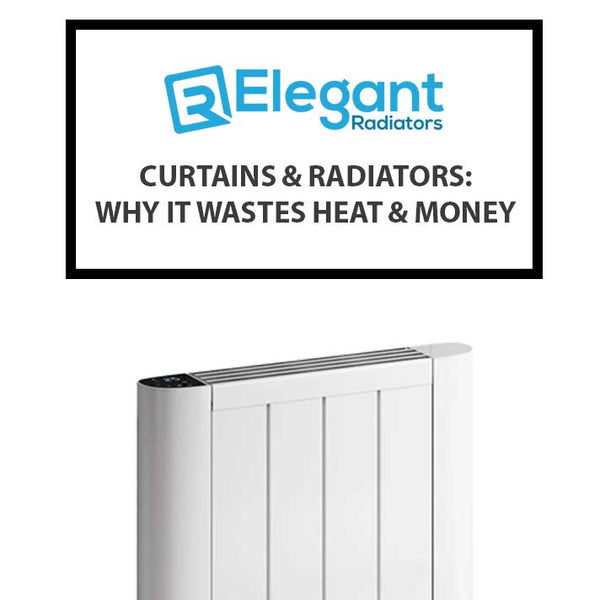Busting Common Heating Myths: Strategies for Efficient Home Heating
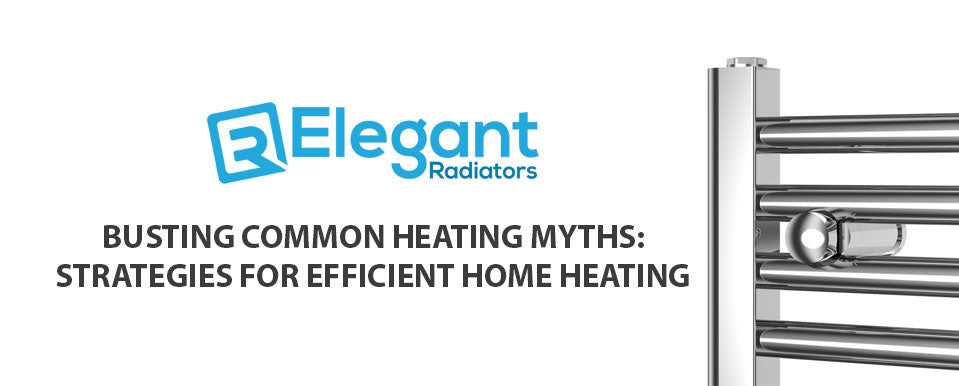
A lot of us focus on making our houses cosy and welcoming when the winter months draw near and the temperature drops. Cosy living spaces are desirable, and this typically means using more energy and paying more for utilities. This leads to a search for affordable heating options without sacrificing comfort. With so much information out there, it becomes critical to discern between practical guidance and common misconceptions. In order to provide you with insightful knowledge and useful ways to heat your house effectively and reduce your energy costs this blog article seeks to dispel some of the most widespread fallacies around heating.

Heating Myth 1: The Low Heat All Day Approach
One of the most widespread myths among homeowners is the idea that leaving the heat on low all day is more energy-efficient than turning the heat on and off as needed. But this strategy can waste a lot of energy, especially in houses with inadequate insulation. The key to energy efficiency is making sure that the heat produced is efficiently contained within the room and only using heating systems when necessary.
Energy-Saving Tip: A programmable thermostat is a wise purchase to help tackle this problem. With the help of a gadget like this, you can tailor your heating plan to fit your daily schedule, keeping your house warm when you need it and saving energy when you don't.
Heating Myth 2: High Thermostat Settings for Quick Warmth
Another common misconception is that raising the thermostat will hasten the heating process and provide faster, more effective warmth for the house. Sadly, this is untrue; the purpose of a thermostat is to regulate the desired temperature, not the rate at which a house heats. increased thermostat settings don't provide faster warming; instead, they only result in increased energy use.
Energy-Saving Tip: Try use the thermostat's timed feature to get a pleasant temperature without wasting electricity. This enables you to keep comfort levels without using excessive amounts of energy by progressively raising the temperature in advance of periods of high usage.
Heating Myth 3: Electric Heaters vs. Central Heating Radiators
There's a belief that electric towel rails are a more cost-effective and efficient replacement for conventional radiator-based central heating systems. Over time, central heating systems especially those fueled by gas tend to be more affordable for heating entire homes, even if electric heaters are convenient and could be appropriate for tiny, isolated regions.
Energy-Saving Tip: Look into modern, energy-efficient radiator solutions if you want to improve the heating efficiency of your house. Then, in areas that aren't used as often, electric heaters may be utilised as an additional heat source.
Heating Myth 4: The Colour of Efficiency
Some believe that painting radiators a darker colour, such as black, will enhance their ability to distribute heat. However, the efficiency and heat distribution of a radiator are largely influenced by its material and design rather than its colour.
Energy-Saving Tip: To optimise your heating system's efficiency, focus on regular maintenance and the strategic placement of radiators. Ensure they are not blocked by furniture or curtains to allow for unobstructed heat flow throughout the room.
Heating Myth 5: Bigger Boiler, Better Heat
It's a frequent misperception that a bigger boiler would automatically deliver more effective heating. Choosing a boiler whose capacity is well matched to your home's heating requirements is the key to boiler efficiency. An oversized boiler shortens the lifespan of the system by causing excessive wear and tear and needless energy use.
Energy-Saving Tip: Consulting with a certified heating professional is essential when thinking about replacing your boiler. They can evaluate the particular requirements of your house and suggest a boiler size that guarantees effective operation, maximising energy use and cutting expenses.

